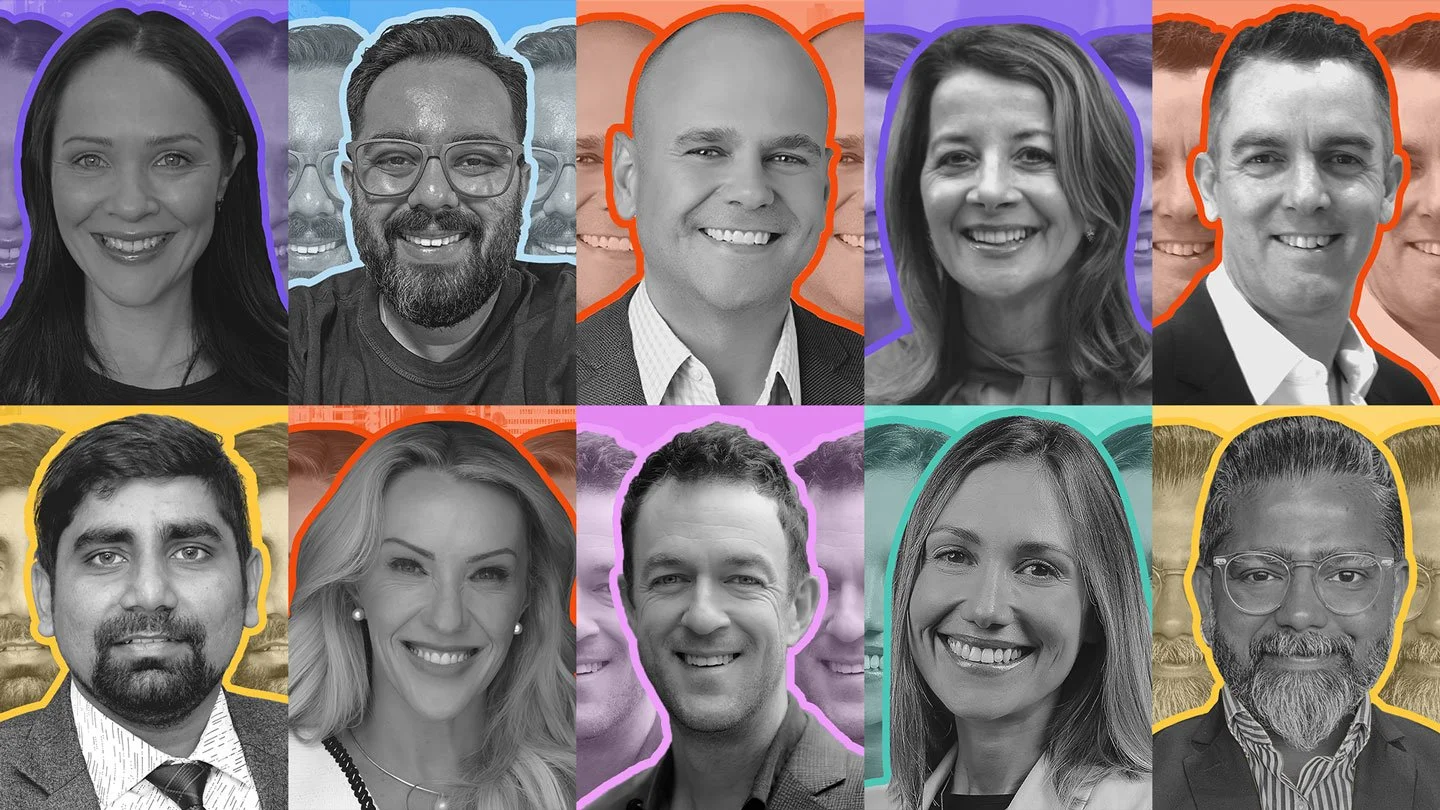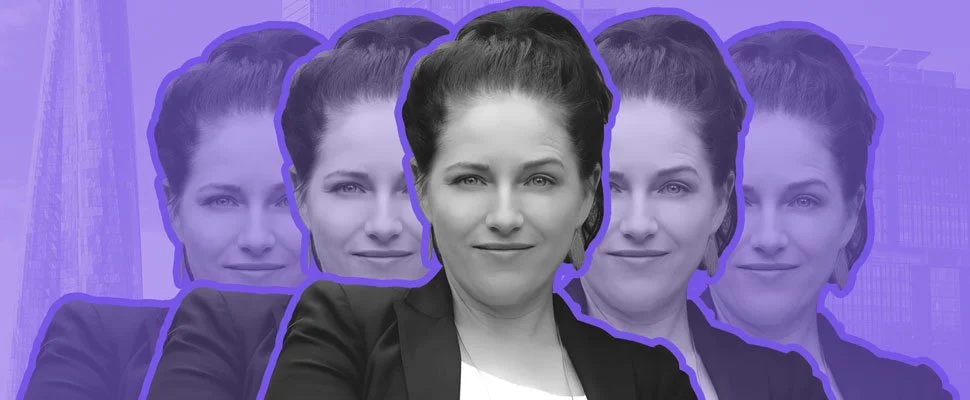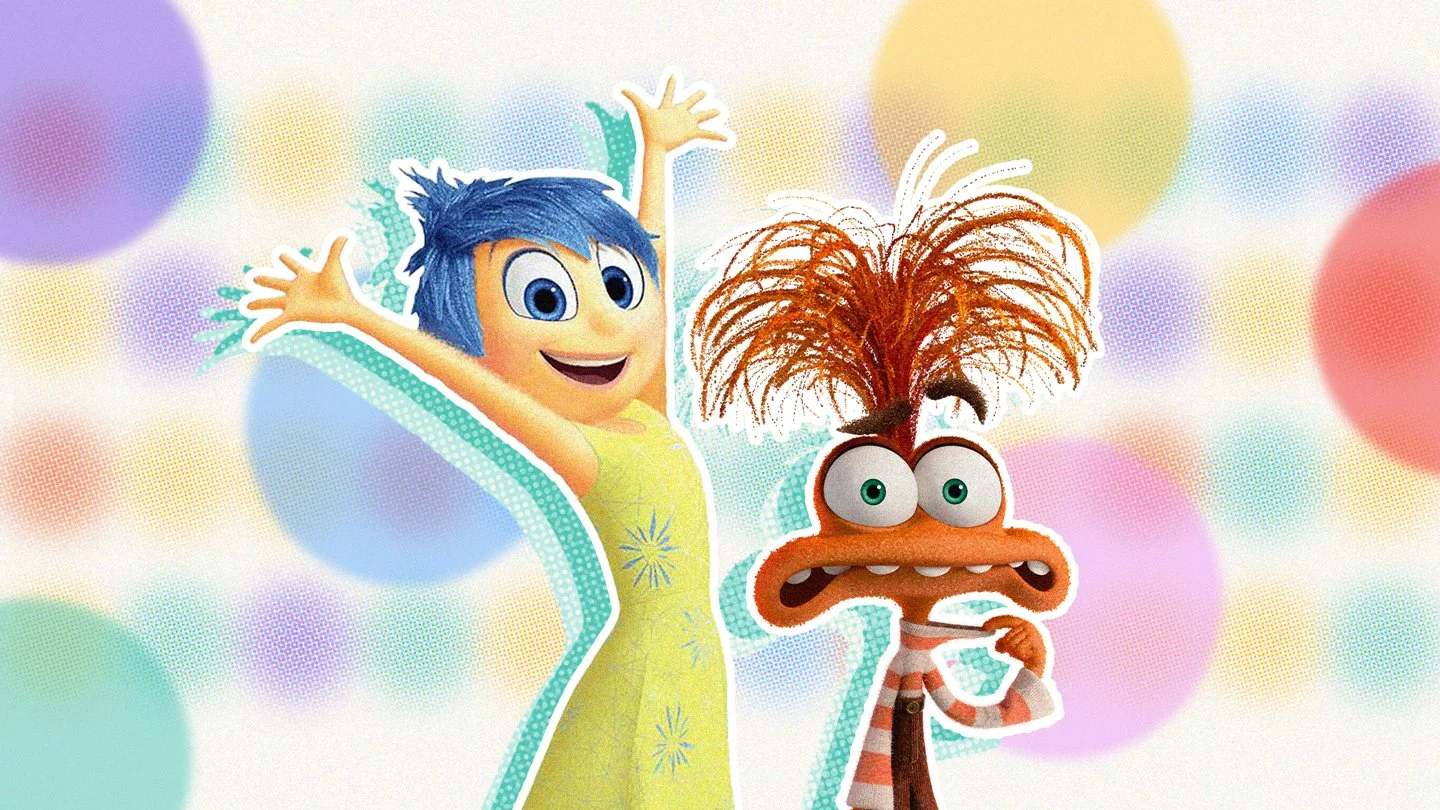Why team diversity matters & how to harness it
Great minds think alike… or do they?
Research has shown over and over that teams thrive and companies soar when they’re made up of people who think differently from each other.
Google, Apple, Qantas and other wildly successful companies all promote the power of diverse thinking. According to Apple, “The most innovative company must also be the most diverse…we know new ideas come from diverse ways of seeing things.”
But you can’t just throw diverse thinkers together and expect great things. You need to learn how to adapt to different working styles, embrace healthy conflict, and create the right environment to get everyone to work together.
What is team diversity?
When you hear the word “diversity”, chances are you think of diversity in cultures and backgrounds. While these are important, there’s another type of diversity that’s essential for high-performing teams:
Diversity of Thinking
Diversity of thinking, aka cognitive diversity, is about embracing differences in how we prefer to think, solve problems, and generate ideas.
That's not to say demographic diversity – such as age, gender, culture, physical ability – isn’t important.
In fact, research by Deloitte shows that high-performing teams are both cognitively and demographically diverse.
How diverse thinking can power up your team
Diverse thinking gives your team the power to act smarter, perform better and achieve more. Here’s how:
More innovation and ideas. New ideas come from diverse ways of seeing things. Cognitive diversity can make your team up to 20% more innovative, according to Deloitte’s research.
Better decision making and problem solving. Diverse teams are more likely to analyse data and information carefully before making decisions.
Fewer risks. Diverse teams are more likely to spot potential issues, which can reduce risks by up to 30% (Deloitte).
Strengthened skill sets. Working in a diverse team gives you more opportunities to develop and expand your skill sets.
Better outcomes. Sure, the work may feel harder sometimes but the outcomes are better. In fact, working in diverse teams produces better outcomes precisely because it’s harder!
Still not convinced? Take a look at Qantas.
Back in 2013, Qantas hit a definite low point in its 98-year history when it posted a record loss of AUD$2.8 billion. Fast-forward to 2017 and the airline delivered a record profit of AUD$850 million and ranked as Australia’s most trusted big business and most attractive employer.
How'd they do it? Qantas CEO Alan Joyce says the secret was its diverse senior leadership team:
"We've got three Brits, an American, an Irishman, a Kiwi. So all different types of backgrounds. We've got three women, three gay men, people that were mathematicians, people that were business consultants, people that were flight attendants… I can say categorically that we wouldn't have gotten through the transformation and the tough times of this business as well as we did without having that diversity in the top leadership team. At the end of the day, it makes you a better business."
But what about conflict?
Okay, we can’t deny that conflict is pretty much inevitable when you work with people who think differently.
But here’s the thing: not all conflict is bad.
Healthy conflict is essential for highly effective teams. Think about it – if ideas aren’t challenged and different views aren’t aired, how do good ideas become great ideas?
Healthy conflict can be a driver for pushing boundaries and coming up with new, better ideas. But if conflict gets out of control it can damage relationships, derail teams and negatively impact performance.
The trick is to learn how to manage conflict to leverage the positive impacts and minimise the negative.
One way to embrace healthy conflict is to be more curious. As Stephen Covey, author of The 7 Habits of Highly Effective People, said: “Seek first to understand then to be understood.” This means finding out about the other person, exploring areas where you might connect, and stepping back to consider where they are coming from.
The final ingredient? Psychological safety
Making a team more diverse and embracing healthy conflict is great, but it’s still not enough to unlock the benefits.
People need to feel safe, comfortable and respected if they are going to share their ideas, voice opinions and ask questions.
You need to create psychological safety.
According to Amy Edmondson, Harvard Business School professor and behavioural scientist, psychological safety is “a sense of confidence that the team will not embarrass, reject or punish someone for speaking up.”
How do you foster a sense of psychological safety?
It comes down to creating a team culture of openness and trust:
Ask questions, be curious and listen to what your colleagues have to say.
Praise what you appreciate about your teammates to build their confidence and help bring out their best.
Reframe negative feedback as something constructive so they know you are trying to help, not harm.
Be observant and tune into your colleagues' moods and feelings, so you can adjust your communication to make a more positive impact.
Key takeout: teams need people who think differently.
It’s been proven time and again that team diversity leads to bigger ideas and greater innovation. But no matter how diverse the team, it won’t achieve its full potential unless team members feel safe and empowered enough to question things and propose bold ideas. And that’s where everyone has a role to play.
Learn more on how to harness team diversity, embrace healthy conflict, and create a psychologically safe team in Hodie.









